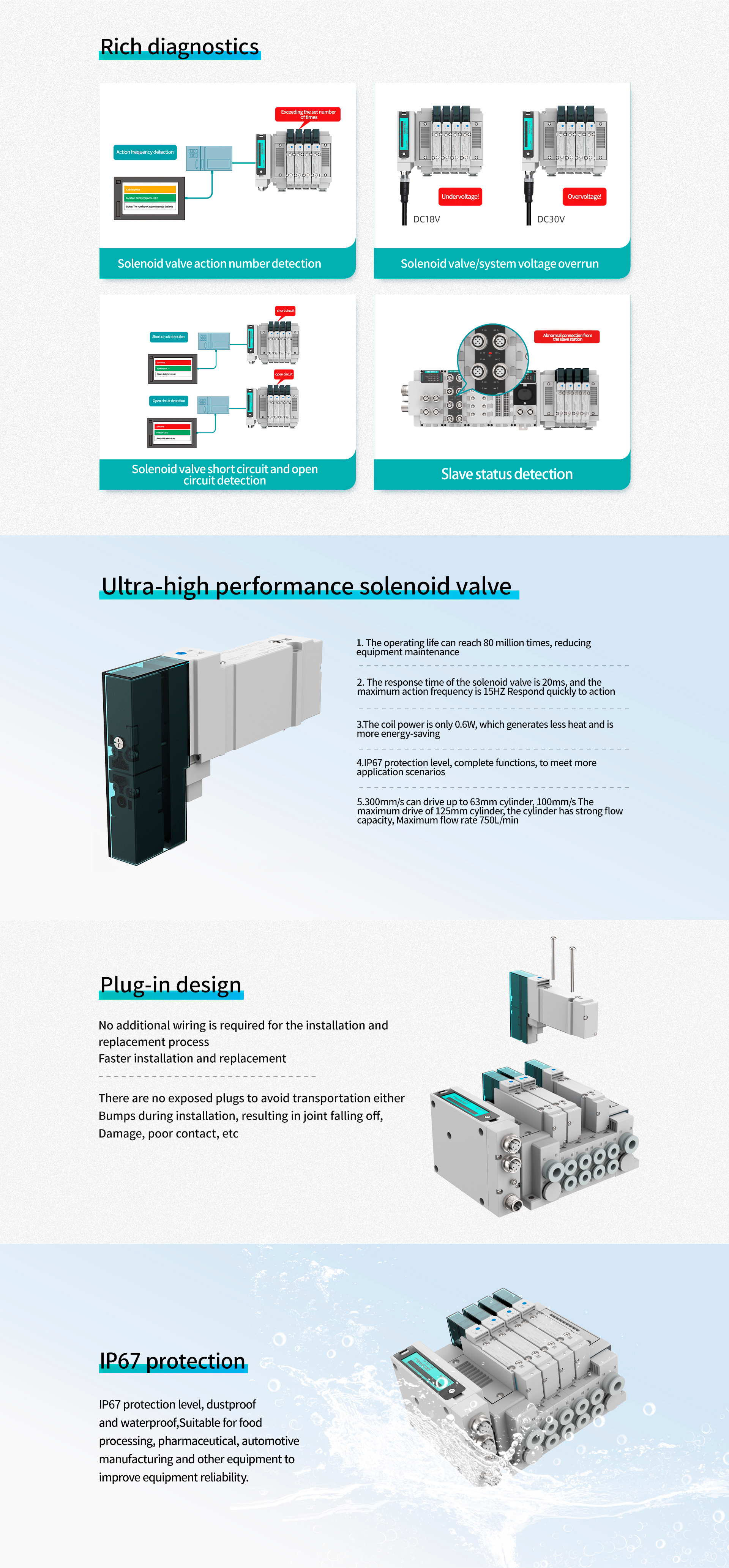In the realm of automated systems, users often encounter challenges with component failures—most notably, those relating to valve terminals. These crucial devices are integral to fluid control within various machinery. Why do failures always occur during critical operations? Recognizing this issue leads us to examine why valve terminals are not only vital components but also subject to a multitude of operational woes. It has been documented that over 30% of mechanical downtimes stem from faulty electronic connections, implying a pressing need for awareness and better solutions.

Understanding Common Flaws in Traditional Solutions
Traditional methods of implementing valve terminals often come with inherent flaws, which may range from poor design principles to subpar materials. Users frequently lament issues of biocompatibility, particularly in medical applications where any malfunction could impose serious risks. Additionally, many valve terminals are not built to adapt to emerging technologies such as edge computing nodes. This incompatibility can lead to significant inefficiencies—where look, it’s simpler than you think to address those concerns that seem insurmountable at first glance.

New Technologies: A Promising Shift
To combat the aforementioned issues, manufacturers have pivoted towards innovative technologies that enhance the performance and reliability of valve terminals. The principles behind these advanced systems include improved diagnostics, the incorporation of self-monitoring features, and better resistance to environmental factors. Users who have embraced these new approaches have reported a substantial reduction in downtime—a boon that quantifies as a 20% increase in operational efficiency and a marked decrease in maintenance costs.
Quantified User Benefits: The Shift is Evident
Embracing modern valve terminal solutions manifests a direct and measurable benefit for users. Beyond merely having a longer lifespan, these advancements translate into financial savings and greater reliability. Users are now able to operate with confidence—fully aware that their systems undergo rigorous checks and continue to function under varied conditions. As such, embodying a robust approach towards assessing system performance has never been more critical.
Conclusion: Essential Evaluation Metrics
In selecting reliable solutions, always verify these three metrics: ① performance under load, ② compatibility with existing systems, and ③ longevity of components. Attention to these metrics ensures that users invest only in the most effective technologies available. The benefits are too significant to ignore.
Examining the Benefits of Valve Islands
Valve islands serve as central hubs in automated environments, streamlining the connection between control systems and fluid power devices. With their inherent efficiency, they can dramatically enhance the functioning of any setup. When one considers the intricacies of workflow, the use of a valve island simplifies not only the installation but also maintenance of fluid control components. Implementing these systems avoids the tangles of wiring that commonly hinder traditional setups, allowing for a more organized and manageable environment. The overall impact on operational effectiveness cannot be overstated, as these islands reduce the time needed for installation and troubleshooting.
Exploring the Valve Island System
The integration of a valve island system is a testament to the evolution of fluid control technology. These systems are designed to enhance connectivity while promoting seamless communication between individual components. With the advent of programmable features, users can now tailor their operations to specific needs without the traditional complications of complex wiring configurations. This adjustment leads to an advanced level of control previously unattainable, signifying a substantial step toward automation and optimization in varied industries. The versatility and capability of valve island systems pave the way for modernization in fluidic applications—yielding significant benefits for all users.
Summation and Brand Recommendation
In conclusion, recognizing the technological advancements surrounding valve terminals, and more specifically valve islands and their systems, positions users to make informed selections for their operational needs. Each element plays an important role in enhancing efficiency and reliability. As such, we recommend exploring solutions from DECOWELL, a manufacturer known for its supply advantages and commitment to quality within this domain. Their innovations stand to revolutionize the way fluid control systems are implemented, thereby ensuring a bright path forward for all users in need of optimized performance.

